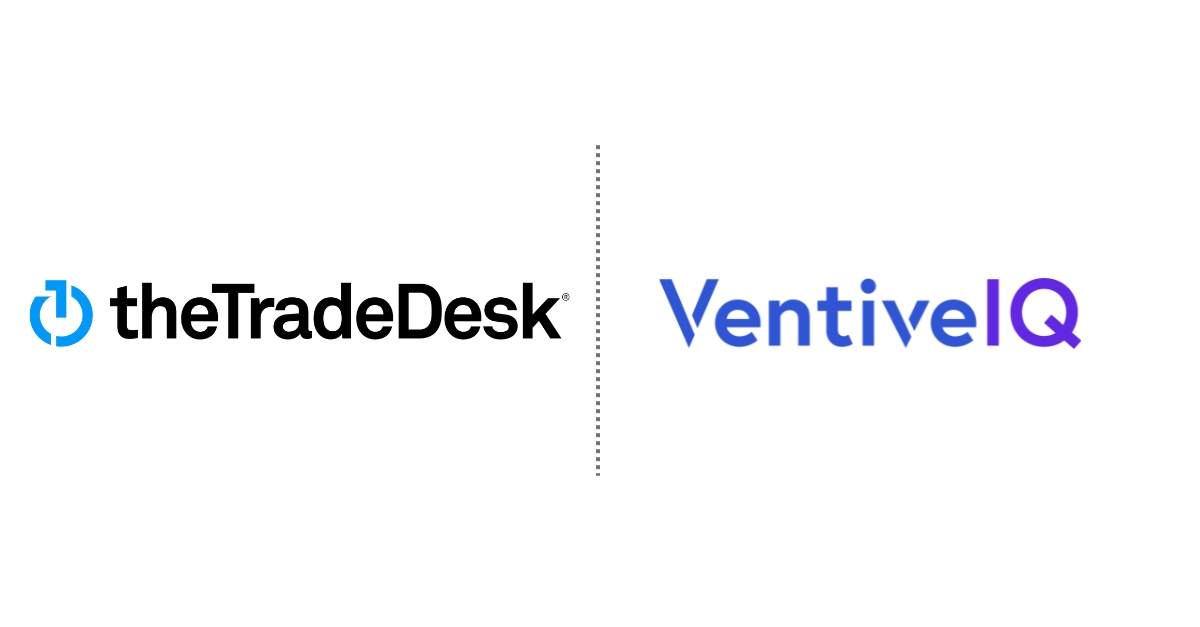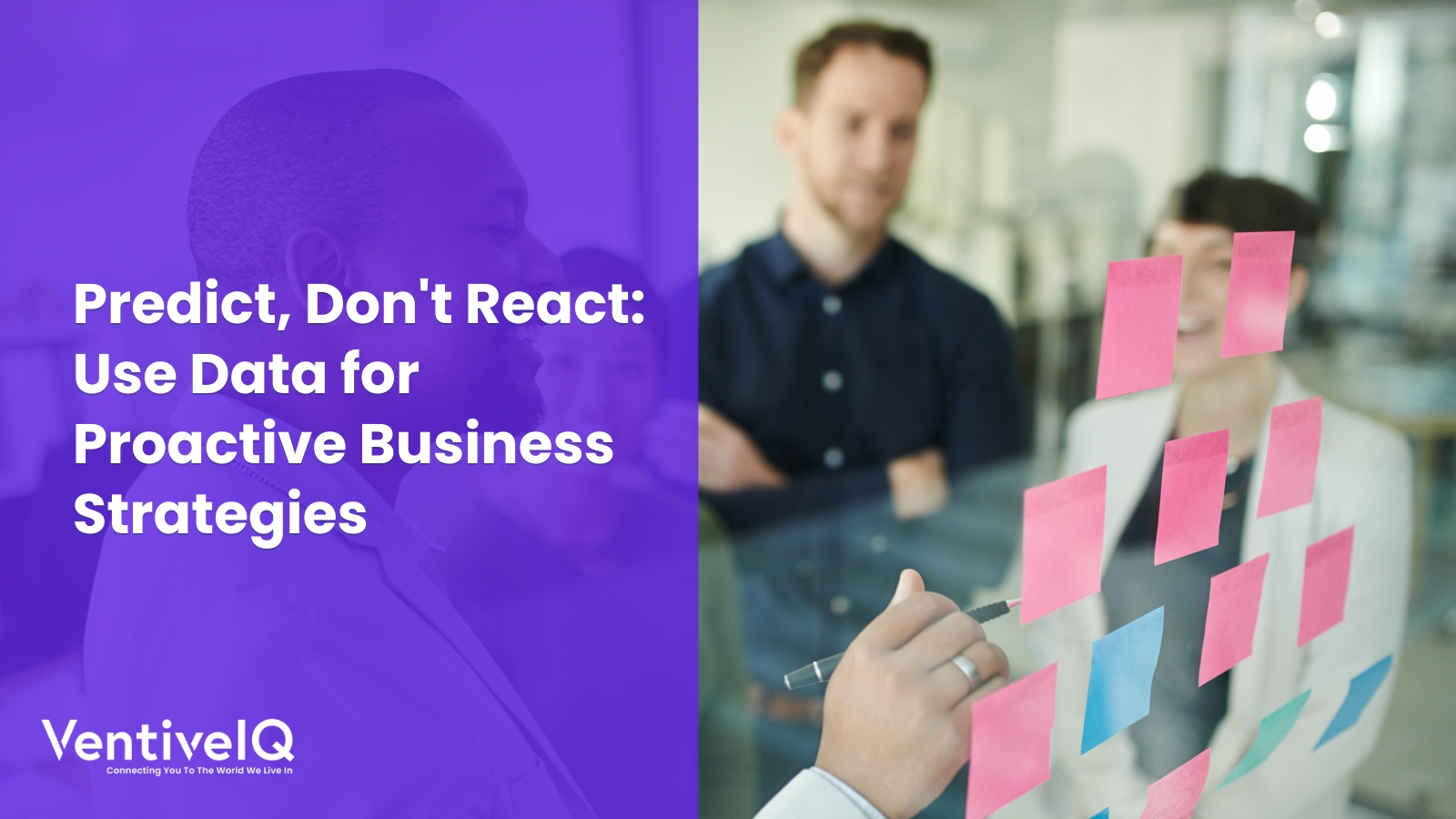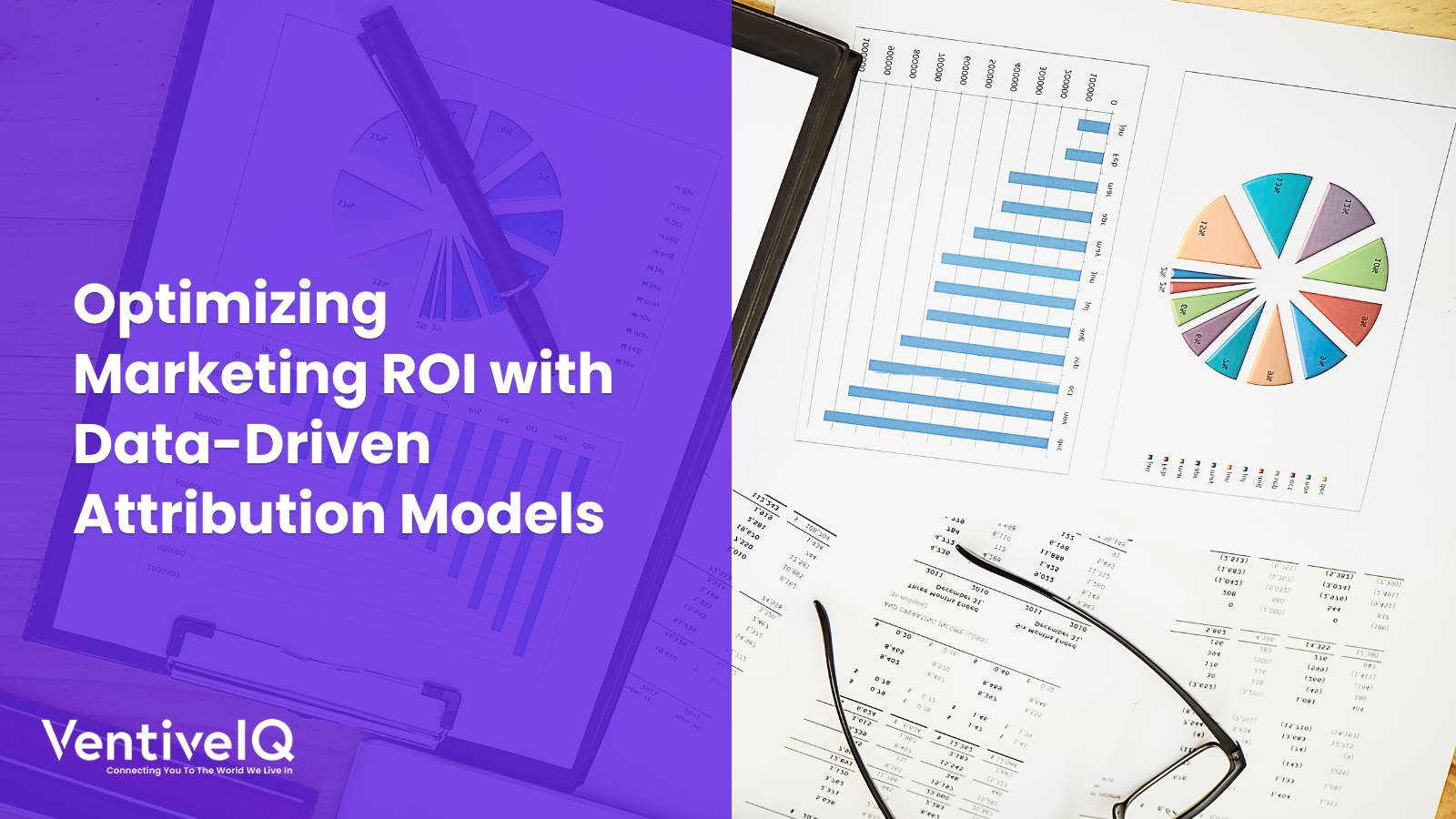It is a testament to how far we’ve come that mentioning “data-driven” no longer raises eyebrows. Data-driven analytics has widespread use, and it’s easy to see why.
According to the 2020 Global State of Enterprise Analytics by Microstrategy, 54% of companies use analytics to drive strategy and change, while 55% of them use it to drive process, cost efficiency, and analysis of services and product usage.
This article scrutinizes the junction between identity graph, first-party data, customer data, advertising, and data-driven analytics, and how to utilize them to take charge of your organization’s data-driven future.
Taking charge of your company’s future data-driven undertakings
According to the study above, 44% of the companies say the number one barrier to effective use of analytics is data privacy and security.
However, the benefits of using data far outweigh the security concerns, so you’ll be better off preparing your company for the future of data-driven analytics.
If anything, it’s a matter of when, not if, data-driven analytics will become a mainstream fixture, so the race to keep user data private and private data useful is truly on.
1. Improve data privacy
Tackling privacy legislation in advertising does not have to feel like navigating a minefield. The old ways harvested customer data only for advertising, disregarding privacy issues. Thankfully, there’s a solution that will propel first-party data security into the future—identity graph.
Unlike the usual way of identifying customers using cookies accessible to third parties, an identity graph creates a system that allows the tracking of customers natively across multiple channels and platforms.
It uses a privacy-by-design architecture to keep customer data safe even when you provide data-driven use cases for advertising campaigns. That’s all thanks to cookieless identify resolution and first-party data onboarding.
2. Make the right data accessible and secure
You may collect a lot of first-party data, but it’s useless if you don’t use it. The only way to fully exploit it is by making it readily available to your team. Cloud storage has made this a pain-free experience.
If possible, enable everyone to use relevant data in their existing workflow. That ensures employees read from the same script and work towards the same metrics.
While it seems counterintuitive to share the data with workers as they are typically the weakest link in the security chain, all you must do is work out ways to store it securely. Think encryption and embedded privacy tools.
3. Enhanced data collaboration
Work tirelessly to include data collaboration among various teams, incorporating diverse groups with varying experience and perspectives when mapping a marketing campaign.
Take into account that you may not always have access to first-party data, so you may have to collaborate with advertising partners to secure customer data. That offers a great chance to build collaborative intelligence based on agreed terms and permission controls.
Additionally, company-wide access and usage of data creates a data-driven culture. That is crucial for encouraging employees to embrace the data analysis software.
A Deloitte survey found that companies with a strong culture toward data-driven insights were twice as likely to exceed their business goals.
4. Create actionable data
Today is the bridge to the future. You are set for failure if you explore solutions that do not consider today’s unique challenges. The data-driven insights setup should sync with day-to-day operations.
Further, pursue advertising strategies that leverage customer data across several platforms. That way, you can optimize the customer journey well into the future by connecting customer data seamlessly.
Ask business partners to integrate with your omnichannel plans for improved customer intelligence.
Final Thoughts
The future of customer data privacy is identity graphs. It is the first step in ensuring a privacy-first approach to data-driven analytics. Encourage your employees to embrace data collaboration and use big data if you want to propel your company into a data-driven future.



